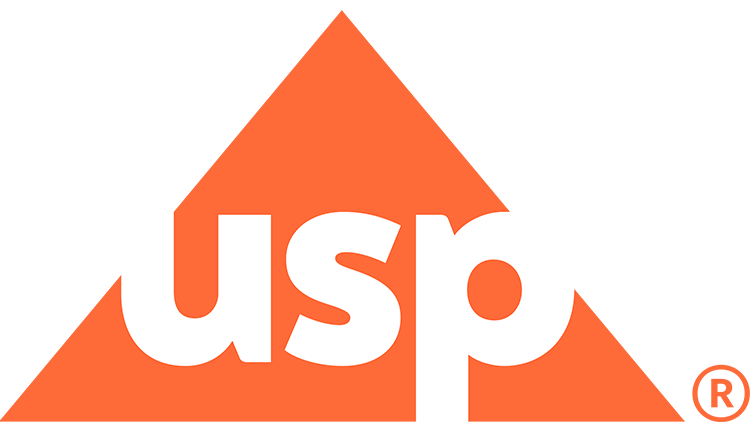
World Standards Week 2025: Advancing Quality and Patient Safety Standards to Shape Pharmacy Practice and Innovation

Embedding standards in pharmacy practice help ensure medication quality, safety, and patient understanding.
In recognition of 2025 World Standards Week and Health Literacy Month, Farah Towfic, PharmD, MBA, RPh, senior director, Healthcare Quality and Safety Center of Excellence, US Pharmacopeia, highlighted how standards are deeply embedded in pharmacy practice to ensure medication quality, safety, and patient understanding. She explained that standards guide pharmacists in compounding quality medicines during drug shortages, standardizing measurements to prevent dosing errors, and ensuring clear communication with patients through labeling and written drug information. As advanced therapies like biologics and gene treatments emerge, standards remain vital for maintaining consistent quality, accelerating development, and supporting global regulatory trust.
Towfic also explained that during supply disruptions, public standards help sustain patient access to safe medicines. Looking ahead to USP’s 2025 to 2030 cycle, new priorities include advancing standards for pharmacogenomics, electronic health system interoperability, and safe compounding in evolving care settings with the goal to strengthen quality and patient safety in an increasingly complex health care landscape.
Pharmacy Times: As we celebrate World Standards Week, it’s a good time to reflect on how standards are embedded in everyday practice in ways that aren't often visible. For pharmacists, what are some of the lesser-known ways standards influence pharmacy practice and patient care?
Farah Towfic, PharmD, MBA, RPh: World Standards Week is a terrific opportunity to spotlight those standards that may be less visible. We all know about the public quality standards that establish the environment in which medicines should be compounded to help ensure quality; after all, more than 200 years ago, the first US Pharmacopeia (USP) was a book of standards for the most frequently prepared compounded medicines. Especially in times of a drug shortage, standards help direct pharmacists on compounding, helping mitigate supply issues by delivering quality compounded formulations for patients who need them and expanding patient access to life-saving medicines.
Looking a bit deeper, standards are a critical part of other work pharmacists do as well. Pharmacists and other health care professionals play a pivotal role in providing patients with clear, understandable, and accessible health information that can help prevent poor health outcomes. A simple, yet highly impactful, example of standards working behind-the-scenes is the example of measurement. We know from organizations such as the Institute for Safe Medication Practices that using “teaspoonful” or “tablespoon” terminology as measurement has caused patients and caregivers to utilize household spoons, which can lead to underdosing or overdosing of medicine. When it comes to pharmacy practice, we utilize a standard 5-milliliter measurement to represent a teaspoonful and a 15-milliliter measurement to represent a tablespoon, especially for pediatric liquid formulations. Standardization can have an enormous difference for patient outcomes.
Pharmacy Times: With the rise of biologics, cell and gene therapies, and other advanced treatments, what kinds of standards are increasingly necessary for ensuring these products reach patients who need them?
Towfic: Standards used in the development of innovative medicines, like biologics and cell and gene therapies, are especially important for quality assurance. Biologics, cell and gene therapies, and other advanced treatments are complex therapies with unique quality attributes, and the ability to access and use standards is essential for these new and emerging therapies. From establishing assays for critical quality attributes in early research to providing a globally recognized and credible source trusted by regulators, standards can help accelerate drug development, ensure the global supply chain delivers safe and effective treatments, and guide manufacturers with rigorous, fit-for-purpose methodologies.
Pharmacy Times: Pharmacists often face shortages in the supply chain. How can standards play a role in ensuring access to quality medicines during times of disruption?
Towfic: During times of shortages or disruptions, it is even more important for both patients and pharmacists to be confident in the quality of medicines. Public standards provide a global benchmark for quality and can help accelerate market entry for manufacturers. Some standards, such as those for compounded preparations, enable healthcare settings to maintain an established compounded formulation for critical medicines with quality ingredients, labeling considerations, and beyond-use dates. These standards can help contribute to continued patient access during a disruption in supply.
Natural disasters often cause public health emergencies and disrupt supply chains. For example, as a result of shortages caused by Hurricane Helene, USP provided health care practitioners with a
Pharmacy Times: October is also Health Literacy Month. Beyond counseling, how can standards support pharmacists in ensuring that medication labeling, instructions, and digital health communications truly meet patients’ needs for understanding?
Towfic: Health care professionals play a critical role in promoting patient understanding and health literacy. Approximately
USP health literacy standards are designed to help healthcare professionals, including pharmacists, communicate medication information clearly to patients. Standards like USP <17> Prescription Container Labeling and USP <1265> Written Prescription Drug Information – Guidelines equip pharmacists with tools to optimize the formatting of medication guides and prescription containers, using clear language, logical organization, and patient-friendly layouts to help ensure that patients receive clear and useful information about their medications.
Pharmacy Times: USP just began its 2025 to 2030 cycle, ushering in new priorities and enhanced approaches. What are some key areas of interest relating to standard setting for pharmacy for USP over the next 5 years?
Towfic: USP has set ambitious goals for our 2025 to 2030 cycle, building on existing standards and engagement with the healthcare practitioner community to identify critical needs. Standards to support pharmacogenomics uptake, interoperability in electronic health systems, and safe compounding across new settings, such as medical spas, are examples of new areas of focus for our work. We will also continue to incorporate the role of technologies in our standards, building the capability of stakeholders to confidently utilize technology in their daily work to help ensure quality and patient safety.
We welcome feedback. You can
Newsletter
Stay informed on drug updates, treatment guidelines, and pharmacy practice trends—subscribe to Pharmacy Times for weekly clinical insights.



















































































































































































































